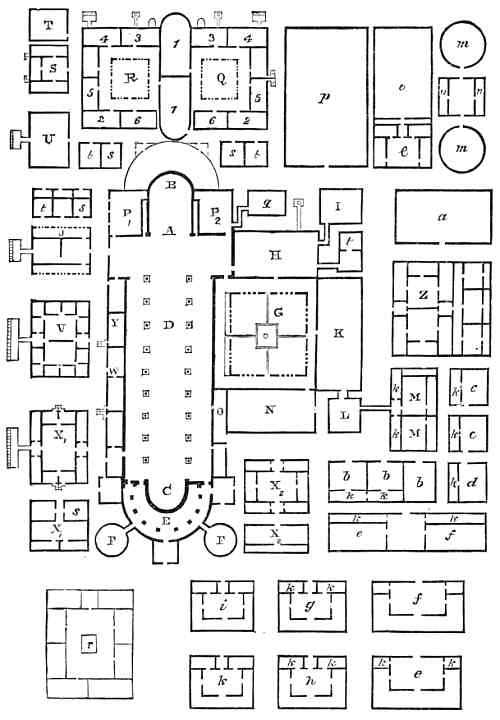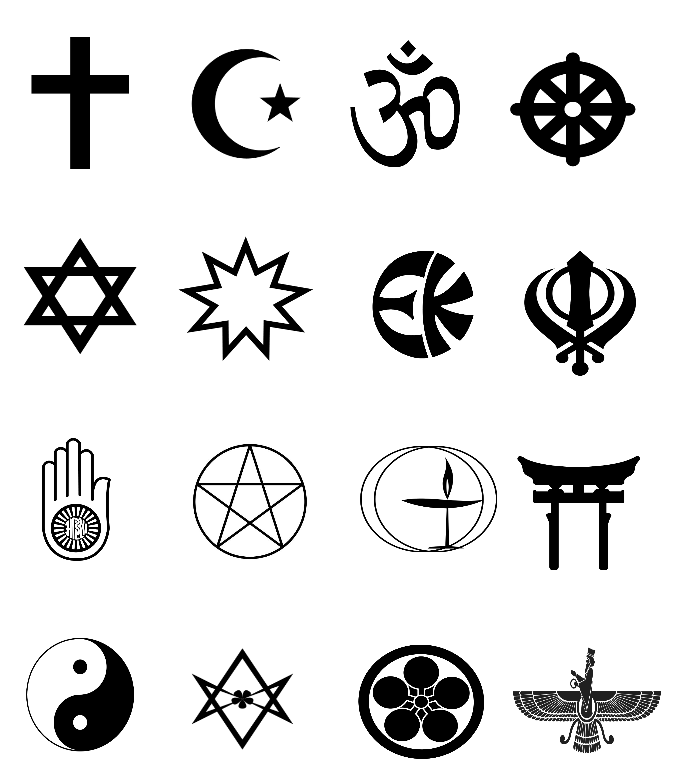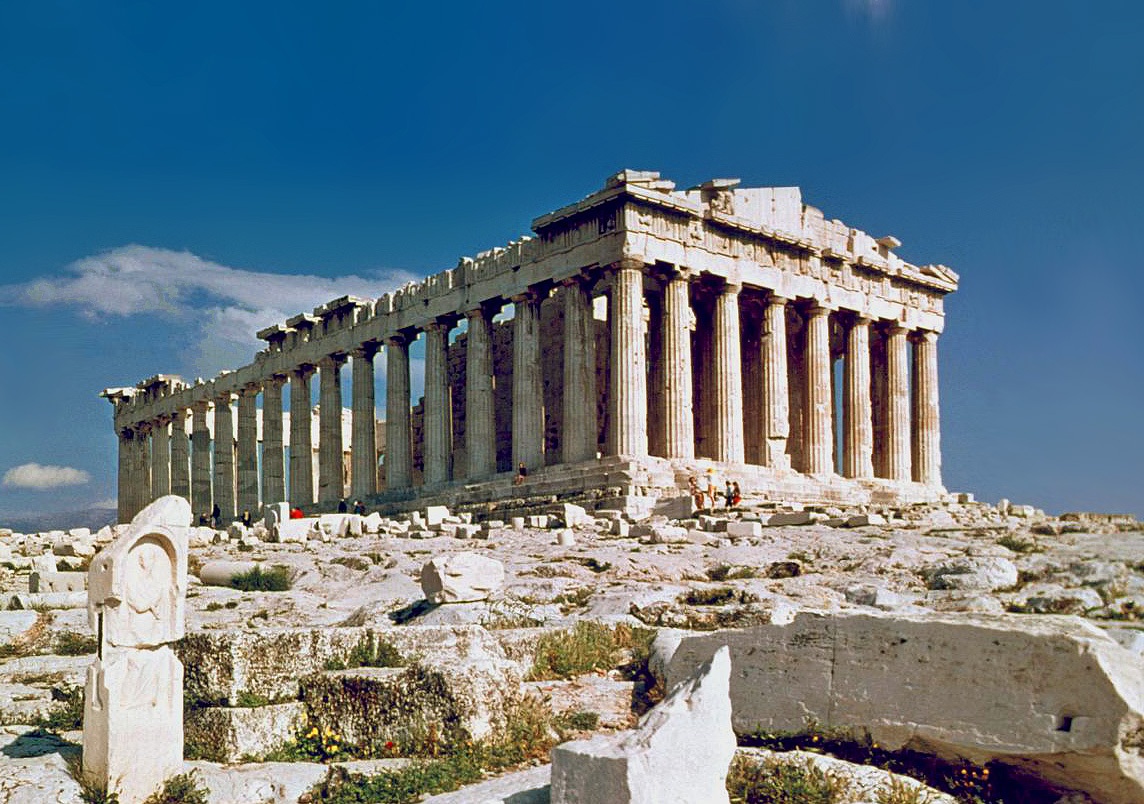|
Säben Abbey
Säben Abbey (; ; ) was a Order of St. Benedict, Benedictine nunnery located near Klausen, South Tyrol, Klausen in South Tyrol, northern Italy. It was established in 1687, when it was first settled by the nuns of Nonnberg Abbey in Salzburg. The last nuns left the abbey in 2021. History Säben (from ), situated on the "holy mountain", was for centuries a centre of pilgrimage and controlled an extensive religious precinct. Situated above the town of Klausen, the hill it is built on was already settled during the New Stone Age. On the site of the present nunnery there was an earlier Ancient Rome, Roman settlement. Between the 6th century and about 960 there was a bishopric (''episcopatus Sabiona'') seated here. The church "im Weinberg" dates from that time and its remains have been excavated along with a large burial ground in recent times. Bishop Ingenuinus, Ingenuin is documented as a participant in the Synod of Grado in 579. On 13 September 901 King Louis the Child granted Bishop ... [...More Info...] [...Related Items...] OR: [Wikipedia] [Google] [Baidu] |
Kloster Saben
Kloster is the German and Scandinavian word for monastery. It may also refer to: Places * Kloster, Styria * Kloster, Denmark * Kloster, Sweden * Klošter, settlement in Slovenia People * Asbjørn Kloster (1823–1876), Norwegian educator and social reformer * Knut Kloster (1929–2020), Norwegian shipping magnate; grandson of Lauritz * Kristin Kloster Aasen (born 1961), Norwegian Olympics official, horse breeder, and lawyer * Lauritz Kloster (1870–1952), Norwegian shipping magnate; grandfather of Knut * Line Kloster (born 1990), Norwegian track and field athlete * Martin Alexander Kloster-Jensen (1917–2011), Norwegian linguist * Robert Kloster (1905–1979), Norwegian museum director and art historian * Uriel Ramírez Kloster (born 1999), Argentine footballer Other * ''Das Kloster'', a collection of magical and occult texts compiled by Johann Scheible See also * Klosters Klosters is a Switzerland, Swiss village in the Prättigau, politically part of the Municipaliti ... [...More Info...] [...Related Items...] OR: [Wikipedia] [Google] [Baidu] |
Bishop Of Brixen
The Diocese of Bolzano-Brixen (, , ) is a Latin Church, Latin diocese of the Catholic Church in northern Italy, with its seat in the city of Bolzano. Its territory corresponds with that of the province of South Tyrol with its predominantly German language, German-speaking population. It is a suffragan of the Archdiocese of Trento."Diocese of Bolzano-Bressanone " ''Catholic-Hierarchy.org''. David M. Cheney. Retrieved February 29, 2016."Diocese of Bolzano–Bressanone" ''GCatholic.org''. Gabriel Chow. Retrieved February 29, 2016. The current configuration of the diocese was created by Pope Paul VI, in a papal bull of 6 August 1964 ... [...More Info...] [...Related Items...] OR: [Wikipedia] [Google] [Baidu] |
Christian Monasteries Established In The 17th Century
A Christian () is a person who follows or adheres to Christianity, a monotheistic Abrahamic religion based on the life and teachings of Jesus Christ. Christians form the largest religious community in the world. The words ''Christ'' and ''Christian'' derive from the Koine Greek title (), a translation of the Biblical Hebrew term '' mashiach'' () (usually rendered as ''messiah'' in English). While there are diverse interpretations of Christianity which sometimes conflict, they are united in believing that Jesus has a unique significance. The term ''Christian'' used as an adjective is descriptive of anything associated with Christianity or Christian churches, or in a proverbial sense "all that is noble, and good, and Christ-like." According to a 2011 Pew Research Center survey, there were 2.3 billion Christians around the world, up from about 600 million in 1910. Today, about 37% of all Christians live in the Americas, about 26% live in Europe, 24% live in sub-Saharan Africa, a ... [...More Info...] [...Related Items...] OR: [Wikipedia] [Google] [Baidu] |
Monasteries In South Tyrol
A monastery is a building or complex of buildings comprising the domestic quarters and workplaces of monastics, monks or nuns, whether living in communities or alone (hermits). A monastery generally includes a place reserved for prayer which may be a chapel, church, or temple, and may also serve as an oratory, or in the case of communities anything from a single building housing only one senior and two or three junior monks or nuns, to vast complexes and estates housing tens or hundreds. A monastery complex typically comprises a number of buildings which include a church, dormitory, cloister, refectory, library, balneary and infirmary and outlying granges. Depending on the location, the monastic order and the occupation of its inhabitants, the complex may also include a wide range of buildings that facilitate self-sufficiency and service to the community. These may include a hospice, a school, and a range of agricultural and manufacturing buildings such as a barn, a forge, or ... [...More Info...] [...Related Items...] OR: [Wikipedia] [Google] [Baidu] |
Benedictine Monasteries In Italy
The Benedictines, officially the Order of Saint Benedict (, abbreviated as O.S.B. or OSB), are a mainly contemplative monastic order of the Catholic Church for men and for women who follow the Rule of Saint Benedict. Initiated in 529, they are the oldest of all the religious orders in the Latin Church. The male religious are also sometimes called the Black Monks, especially in English speaking countries, after the colour of their habits, although some, like the ..., although some, like the Olivetans, wear white. They were founded by Benedict of Nursia">Olivetans">..., although some, like the Olivetans, wear white. They were founded by Benedict of Nursia, a 6th-century Italian monk who laid the foundations of Benedictine monasticism through the formulation of his Rule. Benedict's sister, Scholastica, possibly his twin, also became a religious from an early age, but chose to live as a hermit. They retained a close relationship until her death. Despite being called an order, ... [...More Info...] [...Related Items...] OR: [Wikipedia] [Google] [Baidu] |
Religious Organizations Established In The 1680s
Religion is a range of social system, social-cultural systems, including designated religious behaviour, behaviors and practices, morals, beliefs, worldviews, religious text, texts, sanctified places, prophecies, ethics in religion, ethics, or religious organization, organizations, that generally relate humanity to supernatural, transcendence (religion), transcendental, and spirituality, spiritual elements—although there is no scholarly consensus over what precisely constitutes a religion. It is an essentially contested concept. Different religions may or may not contain various elements ranging from the divine, sacredness, faith,Tillich, P. (1957) ''Dynamics of faith''. Harper Perennial; (p. 1). and a supernatural being or beings. The origin of religious belief is an open question, with possible explanations including awareness of individual death, a sense of community, and dreams. Religions have sacred histories, narratives, and mythologies, preserved in oral traditions, sac ... [...More Info...] [...Related Items...] OR: [Wikipedia] [Google] [Baidu] |
1687 Establishments In The Holy Roman Empire
Events January–March * January 3 – With the end of latest of the Savoyard–Waldensian wars in the Duchy of Savoy between the Savoyard government and Protestant Italians known as the Waldensians, Victor Amadeus III, Duke of Savoy, carries out the release of 3,847 surviving prisoners and their families, who had forcibly been converted to Catholicism, and permits the group to emigrate to Switzerland. * January 8 – Richard Talbot, 1st Earl of Tyrconnell, is appointed as the last Lord Deputy of Ireland by the English crown, and begins efforts to include more Roman Catholic Irishmen in the administration. Upon the removal of King James II in England and Scotland, the Earl of Tyrconnell loses his job and is replaced by James, who reigns briefly as King of Ireland until William III establishes his rule over the isle. * January 27 – In one of the most sensational cases in England in the 17th century, midwife Mary Hobry murders her abusive husband, Denis H ... [...More Info...] [...Related Items...] OR: [Wikipedia] [Google] [Baidu] |
Benedictine Confederation
The Benedictine Confederation of the Order of Saint Benedict () is the international governing body of the Order of Saint Benedict. Origin The Benedictine Confederation is a union of monastic congregations that nevertheless retain their own autonomy, established by Pope Leo XIII in his brief ''Summum semper'' (12 July 1893), subsequently approved by his successors. Pope Pius XII explicitly ordered this union to be regulated by a "Lex Propria", which was later revised after the Second Vatican Council. Organization of the Benedictine Confederation Most Benedictine ''houses'' are loosely affiliated in 19 national or supra-national congregations. Each of these congregations elects its own abbot president. These presidents meet annually in the Synod of Presidents. Additionally, there is a meeting every four years of the Congress of Abbots, which is made up of all abbots and conventual priors, both of monasteries that are members of congregations, as well as of those unaffiliated wit ... [...More Info...] [...Related Items...] OR: [Wikipedia] [Google] [Baidu] |
Beuronese Congregation
The Beuronese Congregation, also known as Beuron Congregation, is a union of mostly Germany, German or German language, German-speaking monasteries of both monks and nuns within the Benedictine Confederation. The congregation is under the patronage of Martin of Tours, the patron saint of the Archabbey of Beuron. History The origin of the Beuron Congregation begins with the Beuron Archabbey, Archabbey of St. Martin, Beuron, founded in 1863, the first declarations of which in 1866 already had in view an expansion to a congregation. After a further foundation, that of Maredsous Abbey in Belgium, the first constitutions of the Beuronese Congregation were ratified in Rome in 1873. Further foundations outside Germany followed during the period of "cultural struggle" ''(Kulturkampf)'', when the community was driven out of Beuron. Most relocated to an old Servite Order, Servite monastery in Volders in the Austrian Tyrol. [...More Info...] [...Related Items...] OR: [Wikipedia] [Google] [Baidu] |
County Of Tyrol
The (Princely) County of Tyrol was an Imperial State, estate of the Holy Roman Empire established about 1140. After 1253, it was ruled by the House of Gorizia and from 1363 by the House of Habsburg. In 1804, the County of Tyrol, unified with the German Mediatisation, secularised prince-bishoprics of Prince-Bishopric of Trent, Trent and Prince-Bishopric of Brixen, Brixen, became a crown land of the Austrian Empire. From 1867, it was a Cisleithanian crown land of Austria-Hungary. Today the territory of the historic crown land is divided between the Italy, Italian autonomous region of Trentino-Alto Adige/Südtirol and the Austrian state of Tyrol (state), Tyrol. The two parts are today associated again in the Tyrol–South Tyrol–Trentino Euroregion. History Establishment At least since King Otto I of Germany had conquered the former Kingdom of the Lombards, Lombard Kingdom of Kingdom of Italy (Holy Roman Empire), Italy in 961 and had himself crowned Holy Roman emperor in R ... [...More Info...] [...Related Items...] OR: [Wikipedia] [Google] [Baidu] |
Beuron Abbey
Beuron Archabbey (in German Erzabtei Beuron, otherwise Erzabtei St. Martin; in Latin ''Archiabbatia Sancti Martini Beuronensis''; Swabian: ''Erzabtei Beira'') is a major house of the Benedictine Order located at Beuron in the upper Danube valley in Baden-Württemberg in Germany. History It was founded by the brothers Maurus and Placidus Wolter. In 1862, with the assistance and support of Princess Katharina of Hohenlohe-Waldenburg-Schillingsfürst, they were able to purchase the former Augustinian monastery in Beuron, vacant since 1802. The foundation was coordinated with the Archbishop of Freiburg. While the settlement in Beuron was still being prepared, Maurus Wolter spent three months at the French Benedictine Abbey of Solesmes in the autumn of 1862. Abbot Prosper Guéranger's approach to Gregorian Chant made a deep impression on Wolter. St. Martin's Abbey opened in 1863 as a daughter-house of the Abbey of St. Paul Outside the Walls, with Maurus Wolter as prior. In 1868 Be ... [...More Info...] [...Related Items...] OR: [Wikipedia] [Google] [Baidu] |
Germany
Germany, officially the Federal Republic of Germany, is a country in Central Europe. It lies between the Baltic Sea and the North Sea to the north and the Alps to the south. Its sixteen States of Germany, constituent states have a total population of over 84 million in an area of , making it the most populous member state of the European Union. It borders Denmark to the north, Poland and the Czech Republic to the east, Austria and Switzerland to the south, and France, Luxembourg, Belgium, and the Netherlands to the west. The Capital of Germany, nation's capital and List of cities in Germany by population, most populous city is Berlin and its main financial centre is Frankfurt; the largest urban area is the Ruhr. Settlement in the territory of modern Germany began in the Lower Paleolithic, with various tribes inhabiting it from the Neolithic onward, chiefly the Celts. Various Germanic peoples, Germanic tribes have inhabited the northern parts of modern Germany since classical ... [...More Info...] [...Related Items...] OR: [Wikipedia] [Google] [Baidu] |








